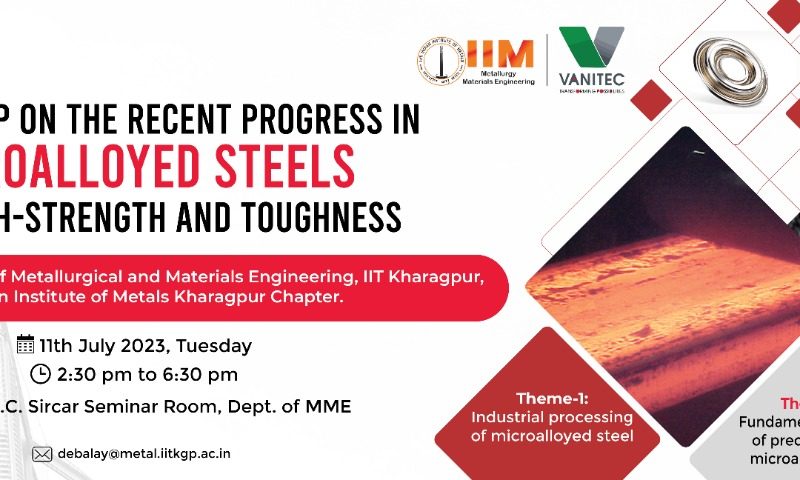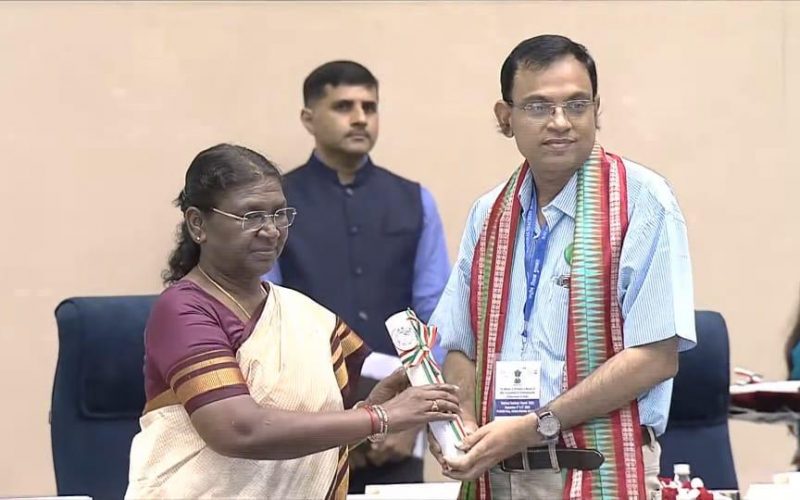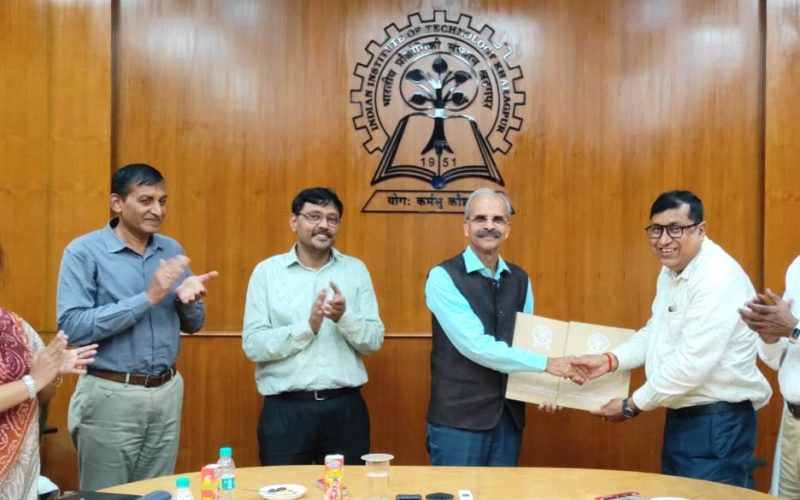
Steering Ahead into Steel Technology with SAIL & Vanitec
A ‘Workshop on the Recent Progress in Microalloyed Steels with High-Strength and Toughness’ was organized by the Department of Metallurgical and Materials Engineering, IIT Kharagpur, and the Indian Institute of Metals, Kharagpur Chapter. The workshop was based on the project being investigated at IIT Kharagpur on the development of vanadium microalloyed high-strength steel in collaboration with the Research & Development Centre for Iron & Steel (RDCIS), Steel Authority of India Limited (SAIL), Ranchi, and with support from the Vanitec Limited, UK. The workshop was inaugurated by Prof. Chandan Chakraborty, Head, Electrical Engineering, along with Prof. Karabi Das, Head, Department of…


